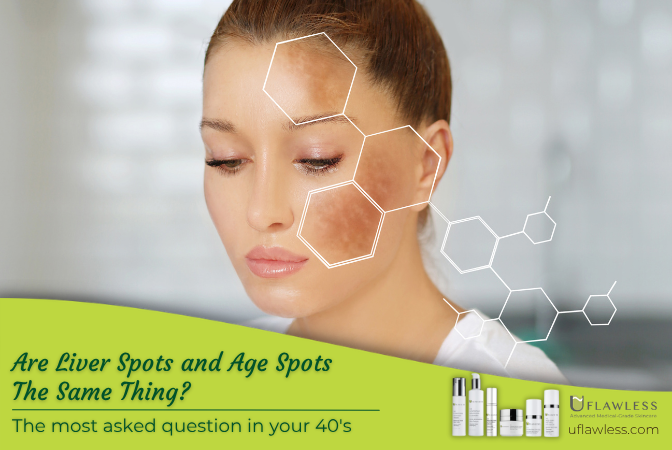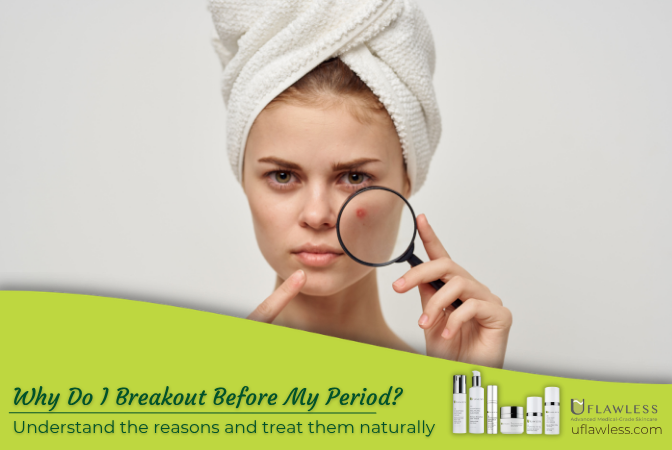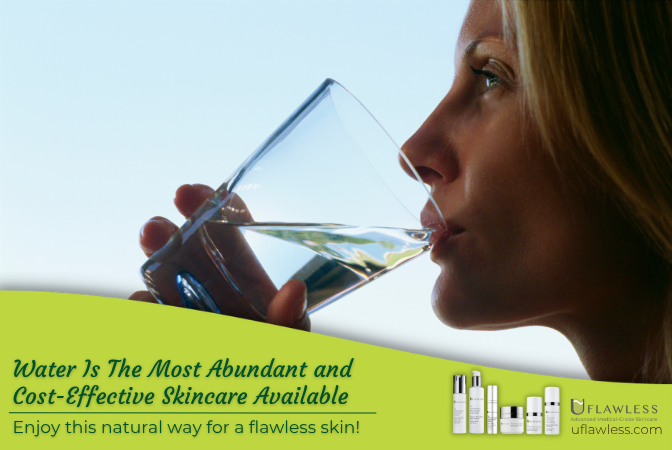
What A Face Moisturizer Can Do For You During Winter?
Why Moisturizing in Winter Is Non-Negotiable
A Face Moisturizer can do a lot for you during winter. As soon as the temperature drops, your skin starts sending signals: tightness, dryness, dullness, or even cracking.
These changes aren’t just uncomfortable, they’re your skin’s way of asking for help.
That’s where your face moisturizer becomes a winter essential.
Your face and hands are the most exposed parts of your body during cold months.
Without protection, they quickly lose hydration. So, if you’ve been wondering whether a good face moisturizer is worth it in winter, the answer is a strong yes.
But not all moisturizers are made the same.
The Difference Between Lotions and Creams
When choosing your winter skincare, start with understanding the difference between lotions and creams:
-
Lotions are lighter and usually water-based, making them better suited for oily or combination skin during the day.
-
Creams are thicker and oil-based, designed to lock in moisture and protect the skin barrier. These are ideal for dry skin or for use at night.
A simple approach:
-
Use lightweight moisturizers during the day
-
Use richer creams at night to support deep repair and hydration
For Acne-Prone Skin: Don’t Skip Moisturizer
If you're using acne treatments, especially those with drying ingredients, it's important to protect and soothe your skin with the right kind of moisturizer.
Here’s a suggested routine:
-
Start with the X3 Chamomile Balancing Cleanser, a gentle formula that cleans pores without irritation.
-
Apply X3 Revitalizing Stem-Cells Serum with natural Vitamin C and organic stem cells to promote healing, brightness, and resilience.
-
Follow with a non-comedogenic, lightweight moisturizer like the X3 Firming Peptide Cream to prevent dryness and balance your skin.
What to Avoid in Moisturizers (Especially in Winter)
Some ingredients commonly found in face moisturizers can do more harm than good—especially in dry, sensitive winter skin.
Avoid moisturizers with:
-
Mineral oils, waxes, shea butter, or lanolin (these can clog pores)
-
Artificial fragrances and colors (can cause irritation or allergic reactions)
-
Steroids and alcohol (can worsen dryness or lead to long-term damage)
If you're experiencing cracked or itchy skin, consult a dermatologist before using products that contain acids or steroids.
Should Moisturizers Contain Acids?
Winter is a great time to treat your skin with acids—but not in your moisturizer.
Using acids like glycolic acid, AHA, or retinoic acid in your moisturizer can be too harsh if you already have dry or sensitive skin.
These acids are best applied through serums or treatments, not mixed into moisturizers.
Stick to:
-
One treatment at a time
-
Layering properly
-
Always using sunscreen
Using acids from the same family also helps avoid ingredient conflict and keeps your skin in balance.
Sunscreen Is Still Necessary, Even on Cloudy Days
Just because it’s overcast doesn’t mean you’re protected from sun damage.
UV rays and environmental pollutants are still present, even in winter.
Your moisturizer should:
-
Provide hydration and protection
-
Include antioxidants to combat free radicals
-
Be paired with a separate sunscreen for full protection
Don’t rely on “4-in-1” products. Too many functions in one formula can reduce the effectiveness of each benefit.
Instead, apply moisturizer first, then sunscreen last, this ensures the moisturizer penetrates deeply and the sunscreen acts as the final barrier.
When and How to Apply Moisturizer for Best Results
Getting the most out of your moisturizer isn’t just about what you use, it’s how and when you use it.
Best practices:
-
Apply to damp skin to improve absorption and make spreading easier
-
Right after cleansing or showering is ideal, when pores are open
-
Use separate formulas for face and body (facial skin is more delicate)
-
Choose moisturizers with anti-aging properties to support collagen production and skin firmness
This small habit shift can lead to big improvements in how your skin looks and feels.
Moisturizer First or Sunscreen First?
This is a common question, and the answer is simple:
Apply your face moisturizer first, then your sunscreen.
If you do it the other way around, the sunscreen may block your moisturizer from fully absorbing.
Keeping these steps separate ensures that each product performs its intended role.
Healthy Skin Starts from the Inside
A good skincare routine includes healthy lifestyle habits. Moisturizing helps, but your skin also needs internal support.
Support your skin by:
-
Drinking plenty of water throughout the day
-
Eating a diet rich in antioxidants, healthy fats, and vitamins
-
Avoiding smoking and excess sugar
-
Managing stress through daily relaxation or mindfulness
These small lifestyle upgrades work hand-in-hand with your skincare products to boost hydration, glow, and long-term skin health.
Recommended: The X3 Firming Peptide Cream
If you’re looking for a winter moisturizer that does more than just hydrate, the X3 Firming Peptide Cream from UFlawless is a standout.
Why this moisturizer stands out:
-
Medical-Grade Strength: Contains clinical-grade actives with 99% purity
-
Double Antioxidant Power: With Lipochroman and Chromabright, it protects against UV damage and pollution
-
Marine Algae Peptides: Sourced from Antarctica, these stimulate collagen, firm the skin, and reduce fine lines
-
Fragrance-Free and Gentle: Suitable even for sensitive or irritated skin
Note: This product does not contain SPF. Pair it with a separate sunscreen for daytime use.
You can explore the X3 Firming Peptide Cream. If you’d like to amplify your results, we’re offering a limited-time special you can take advantage of.
Moisturizing Is More than a Skincare Step
Moisturizing your face during winter is more than a skincare step, it’s protection, restoration, and prevention.
Choosing the right moisturizer, applying it the right way, and pairing it with smart habits will help you maintain smooth, healthy, glowing skin even in the coldest months.
Skincare isn’t about perfection. It’s about consistency, purity, and honoring your skin’s real needs, especially after 40.









